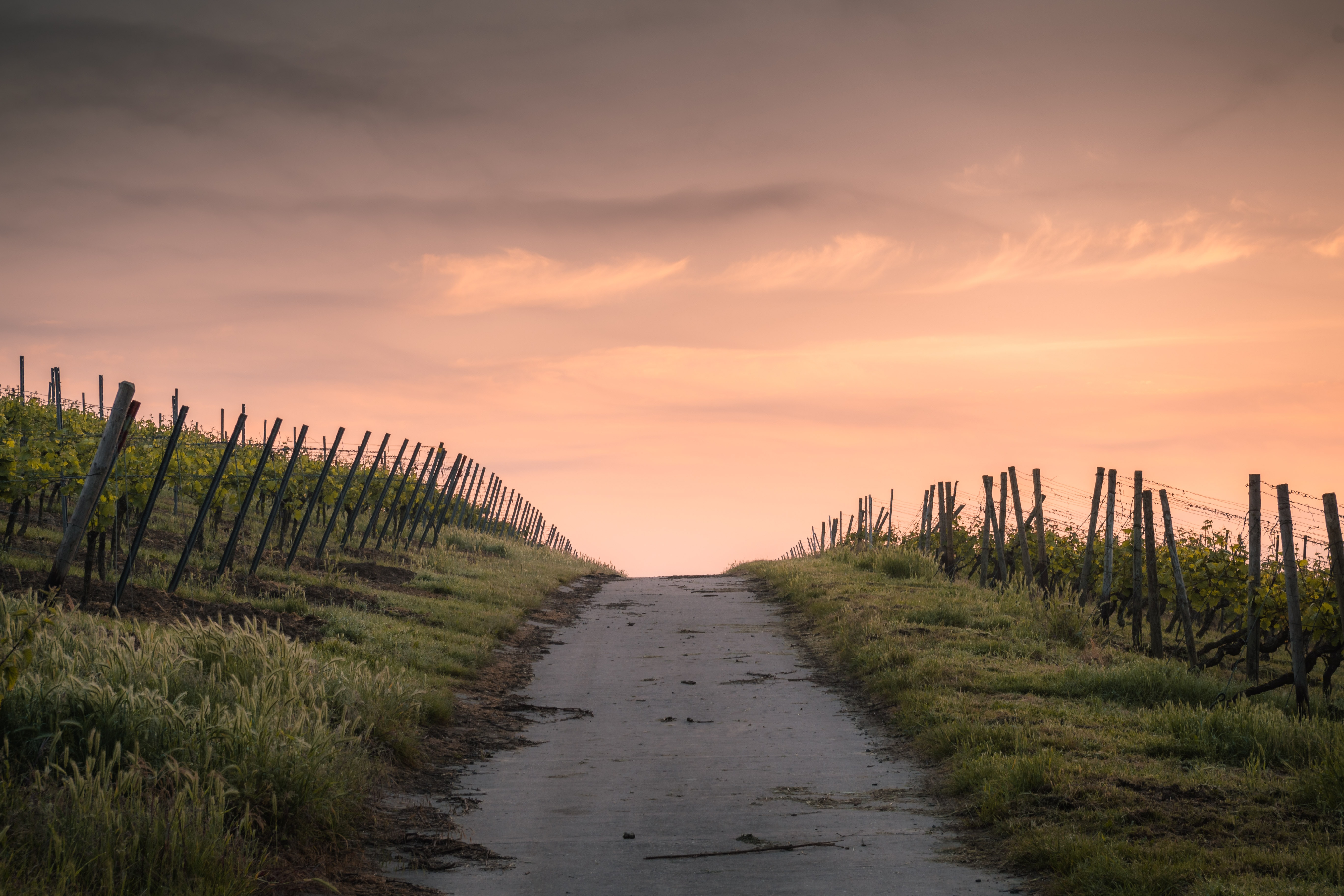Some thoughts about gnosis in my practice.

(Image description: A photo of a path going over a hill. The path is smooth and surrounded by growing crops and wooden fencing. Wispy clouds are lit up by the rising sun in soft pinks and purples.) Credit: Photo by Karsten Würth on Unsplash
This post was initially inspired by Seo Helrune’s article Why Not Both? Bridging Reconstructionism and Gnosis and some recent understandings of my relationship with Brighid. The author’s focus is mainly focused on the US Heathen community, but I felt like there were some useful parts within it that pertain to Polytheistic Monasticism, regardless of whether your interest is with Brighid or any other deity, ancestor, or other spirit.
Now, there is no concrete evidence that ancient polytheistic cultures had some form of monasticism that we’d recognize. However, there is the likelihood that they did.
Barring any social benefits that might’ve been gained, there have always been types of people who are probably more inclined toward a monastic path; these could introverts, neurodivergent types, and even the gender and sexuality diverse, just to name a few groups.
With the Polytheistic Monasticism movement still in its early days, gnosis is a key part in finding what will work. Seo Helrune discusses the importance of discernment with regard to how reconstruction and gnosis can complement and balance each other out. In the case of monastic practice, gnosis is the guiding light while research can be a map that leads off to parts unknown. In many ways, this is both freeing and daunting.
I imagine that both monastic groups and individuals are having to find this balance between reconstruction and gnosis, especially if they’re based around ancient cultures. I’m certainly a lover of research and learning, but I know that only serves as a jumping off point. I believe that was also why I was drawn to Polytheistic Monasticism, since it has somewhat of a do-it-yourself element to it in its current form.
As of now, I largely follow my gut and joy when it comes to the practices I’m developing for my path. From what I’ve learned, I believe Brighid appreciates this way of approaching things. I’m experimenting and seeing what works. Some of this will involve listening to Her for when She gives an affirmation that I’m headed the right way or when She might give me some constructive criticism when needed.
Back when I started setting up this online cell of sorts, I was slightly stumped as to what name I should give it. I was inspired partially by the concept of imbas forosnai, seeking imbas or divine inspiration in liminal, typically darkened areas. The image of a glowing spark or ember within that darkness came to mind and gave me a name for the newsletter. I haven’t yet attempted the practice myself, but I hope to continue learning from Brighid in many different ways through Her illumination.
This desire to learn from Her also reflects in the name of my hermitage. It’s both a nod to Her holy place in Kildare, Ireland and the manner in which oak roots extend and wind through the Earth. I hope to continue learning from Her and from others in shaping my practice. However, in the end, I will likely be following a path less traveled that doesn’t fit with the usual expectations. Joy and creating are a couple of the guiding aids in my hermit’s pack. I feel Brighid has my back, as She’s the hearer of my tale. I will always refer back to folklore and mythology surrounding Her, but I also must follow my heart to Her.
Leave a Reply